History of Memory Foam
We’re all aware of a very unique material used in everything from mattresses, footwear, furniture, automobile seating, and even for floor coverings, but most people aren’t aware of the unique technology’s origins and how it made its way from an engineers’ desk, to NASA, and finally, into our bedrooms.
We all know memory foam as that uniquely squishy and almost alien material that can be crushed with our hands, but slowly reforms itself into its original size and shape.
We’re seen photos of handprints on memory foam, and if you own a memory foam mattress, you can appreciate how amazing it is for pressure relief and for its cradling and nest like sensation.
The fact of the matter is that if you are shopping online for a mattress, unless it is an all natural mattress like latex, it’s going to have at least one or two layers of memory foam built into its construction.
This is because it has become an essential component that everybody looks for, and it is excellent at reducing pressure and pushing body weight out to the sides of a mattress rather than down, causing pinpoint pressure issues.
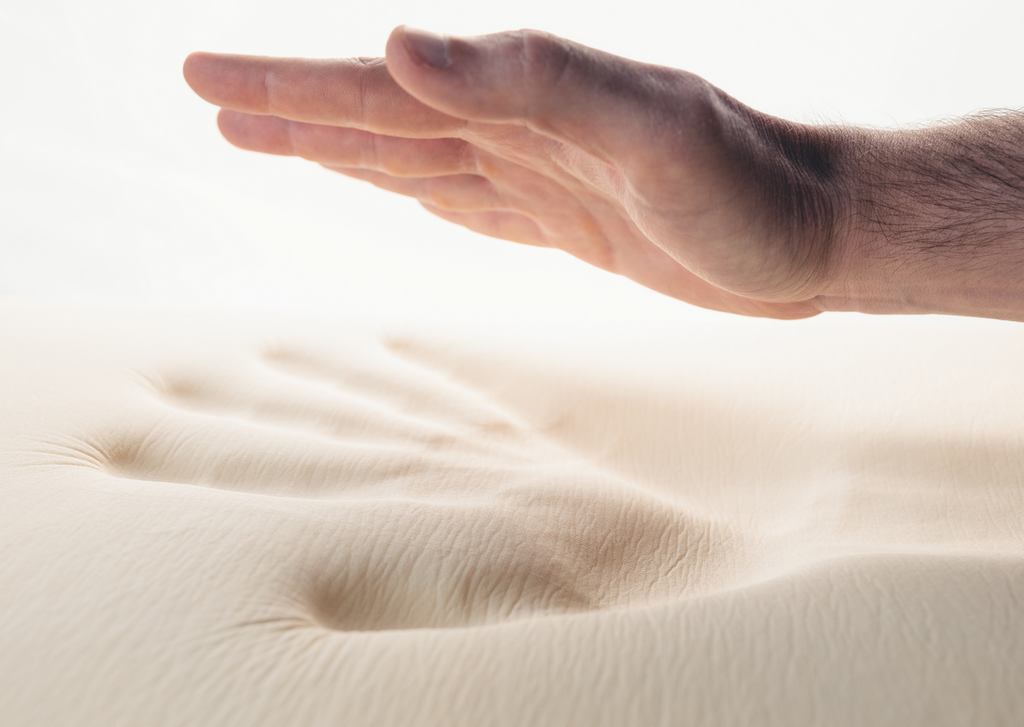
To figure out where memory foam was invented and how the firsts batch was made, we need to reach back in time almost sixty years.
An aeronautical engineer by the name of Charles Yost was charged with developing technology designed to make sure that the Apollo command module and its astronauts could be recovered safely after landing.
Yost was tapped to help NASA’s Ames Research Center develop aircraft seating that could absorb the impact of crashes and increase a pilots chances of survival.
Yost developed a special type of plastic foam that had the seemingly miraculous ability to deform and absorb tremendous pressure, then return to its original shape.
Another engineer regarded as a cofounder of the material was Ames scientist Chiharu Kubokawa, who conducted early experiments with it. “I was trying to develop seating for aerospace vehicles so people could better survive any crashes or impacts,” he recalled years later.
“We crash-tested several seats to validate them for impact survival, and we found the foam could tolerate impact forces of up to 36 G’s….The seat could out-survive the aircraft in a crash.” Once this was discovered, the team knew they had stumbled upon something that could revolutionize fighter jet and space capsule seating, helping to absorb the powerful forces of re-entry and rapid acceleration.
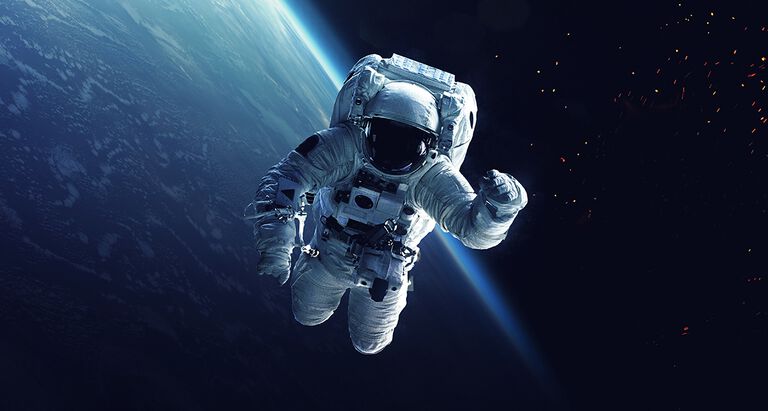
The initial formulation was produced by mixing certain plastic materials in liquid form with substances that would turn to foam when combined with catalysts, causing the material to expand and get frothy.
The resulting expanded foam could be extruded in a rectangular, pad like configuration as it was fed through a feeder, very quickly drying and retaining its soft and pliable characteristics.
Yost’s unique formulation was designed to create very small bubbles that were in direct contact with one another, and the resulting formulation was referred to as “open cell” foam, and if compressed, could cause air to move between these cells very slowly, creating the unusual signature effect.
Researchers discovered that the “slow springback foam,” as it was called initially, not only made pilots safer, it also made sitting for hours on long flights more comfortable because it allowed for a more even distribution of body weight.
The idea was to distribute pressure was laterally, sideways, like when you spread a pizza dough across a pan, instead of downwards, which created pinpoint columns of severe pressure and pain. The technology was also developed concurrently to be ultimately used for passenger seats, too, especially on long flights that made sitting uncomfortable.
An Engineer Brands His Invention
In 1967, Yost formed his own company called Dynamic Systems, which marketed the unusual innovation as “temper foam.” Since then, memory foam, also called “visco-elastic” foam, has found its way into scores of applications. In the 1970s and 1980s, the Dallas Cowboys team used it to line players’ helmets to reduce the trauma of impact on the field.
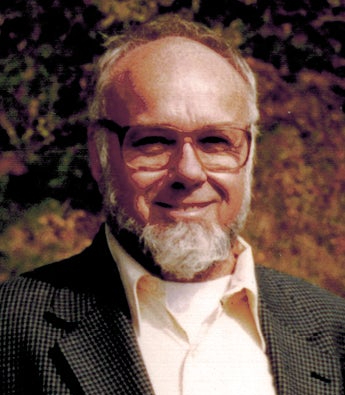
Shoe manufacturers have utilized memory foam to create special high-comfort insoles. In hospital settings, mattress pads and wheelchair seats made from memory foam support patients with painful, dangerous sores on their bodies, and reduce the effects of bedsores and the pressure points that create them.
Even to this day companies continue to find new uses for memory foam and its descendants.
A Colorado company uses a type of memory foam to build inflatable bumper rafts, which resist sinking, for whitewater rides at theme parks.
A company in Kentucky builds it into horses’ saddles and uses it to make prosthetic braces for injured animals.
In aerospace and aviation applications, the material could absorb sudden impacts without shock or bounce, and return to its original shape even after 90 percent compression.
Dynamic Systems applied Temper Foam to ejection seats and crash safety seats in aircraft, then developed other applications including wheelchair cushions, X-ray table pads, off-road vehicle seats, ski boots and even sports equipment such as football helmet liners and body padding, and baseball chest protectors and shin guards.
Difficult To Manufacture, It Required Precise Production Techniques
In 1974 Dynamic Systems sold the Temper Foam product to the Edmont-Wilson division of Becton, Dickinson & Co., which greatly expanded production of Temper Foam products.
Despite its potential, however, Temper Foam was difficult to manufacture, very much dependent on maintaining proper humidity levels. Because of this, the cost to maintain precise production environment parameters was expensive and unreliable.
Eventually, NASA’s release of the Temper Foam formula in the early 1980s put the formulation for the viscoelastic material in the public domain, and a number of companies began refining the production process and developed further commercial uses, but most gave up when Temper Foam proved hugely temperamental to manufacture.
A Swedish firm, Fagerdala World Foams, was stubborn, though, and persisted with production techniques, understanding the huge marketplace potential for the product. Through a subsidiary, Don Foam A/S, it devoted a decade to perfecting the material for consumer use, in particular the precursor for today’s memory foam mattresses.
Fagerdala branded their own version of Temper Foam in the early 1990s, naming it TEMPUR, which the company was able to produce in a number of different shapes and sizes, as well as densities. Fagerdala introduced the Tempur-Pedic Swedish Mattress in 1991 and enjoyed immediate success in its home market.
A Racehorse Breeder Spends A Night On A Mattress He Won’t Forget
Within three years of the product’s launch, the company sold 50,000 mattresses in Sweden, a country with a population of just eight million. Also in the early 1990s Fagerdala awarded the North American distribution rights to a man from Lexington, Kentucky, Robert Trussell, who along with a partner, created Tempur-Pedic, Inc.
Interestingly, Trussell had no background in foams or mattresses when he founded Tempur-Pedic. Raised in Kentucky, renowned for horse racing, he was originally involved in the breeding of thoroughbred stallions and in the business of building relationships to race the horses in England and France. It was through his elite racing connections that he became aware of “TEMPUR”, at a time when his partnerships were failing and he was looking for new endeavors.
One of his good friends was a French horse trainer who knew a Swedish horse chiropractor, who in turn knew a fellow Swede who was involved in both horse racing and the mattress business. In this way Trussell learned about the Tempur-Pedic Swedish Mattress and in 1991 met with a Fagerdala executive.
He was given a chance to sleep overnight on one of the new mattresses and was immediately convinced of the product’s great potential. Afforded a chance to obtain the distribution rights to the foam mattresses as well as bed pillows and wheelchair cushions, Trussell returned home to Kentucky and teamed up with a childhood friend named Bob Hoeller to write a marketing plan, which they then sent to Stockholm for approval.
In January 1992 a Fagerdala vice-president, Mikael Magnusson, flew to the United States to meet with the partners and they were subsequently granted the North American distribution rights to the Tempur-Pedic product line. They then had to find the necessary funds to launch the business.
Trussell raised about $500,000, turning to family and friends, in many cases people who had previously invested with him in his racing ventures.
In a 1994 white paper of the business in the Lane Report, Trussell recalled the difficulty in approaching some of those earlier investors: “I had to convince them that although we lost money on something I know a lot about, which is horses, we were going to make money on something I know nothing about, which is mattresses.” Brilliant.
Tempur-Pedic® Is Born
The money Trussell and Hoeller raised allowed them to start the business, which they incorporated as Tempur-Pedic Inc. in 1992, but in less than a year they exhausted these funds and had to turn to Fagerdala for help.
The Swedes purchased a stake in the company, using cash as well as stock, and Tempur-Pedic soon began to exhibit strong growth, most of which was the result of sales channels with chiropractors and physical therapists.
These channels were augmented by the opening of a retail outlet at a Lexington Mall, the Tempur-Pedic Swedish Mattress Centre, the first of a number of stores the company hoped to open, a plan that actually never became reality.
By 1995 the company was generating $6.5 million in annual sales. Trussell wanted to introduce Tempur-Pedic into ten regional medical markets in a matter of six months, but all he had at his disposal was a single sales manager in charge of a small number of independent sales representatives. Rather than incur the expense of hiring a staff to line up new reps, he turned to Sales Staffers International, a Danvers, Massachusetts company, to create a transitional outsourced national sales force.
Sales Staffers then set up video-teleconferencing interviews with some 75 candidates, of which 25 were hired. Although they were paid by Sales Staffers, Tempur-Pedic set the pay rate and goals, which included visiting five nursing homes and two hospitals each week.
After a 60-day trial period the reps were either replaced or continued on; after 90 days Tempur-Pedic paid a $2,000 release fee to Sales Staffers in order to retain the most productive reps. With an expanded sales force, by the end of 1995 Tempur-Pedic was a $14 million company.
In 1999 Tempur-Pedic, Fagerdala’s Dan Foam subsidiary, and eight other distributors around the world were merged under a holding company called Tempur World, majority owned by Fagerdala. Trussell controlled a minority stake and was named CEO of Tempur World, essentially run out of the Kentucky offices of Tempur-Pedic, which he continued to head. No matter how the business was organized, Tempur-Pedic continued to grow revenues at a steady clip.
The company also added a number of new products, including the use of the foam in office chairs and recliners. To aid in marketing Tempur-Pedic created a “Space Cabin” for consumers to experience at furniture shows. They lay on a Tempur-Pedic mattress in a dark room and then took a ten-minute simulated space flight. In effect, the potential customer was induced to lie on the mattress for ten minutes, far longer than they were likely to do in a showroom.
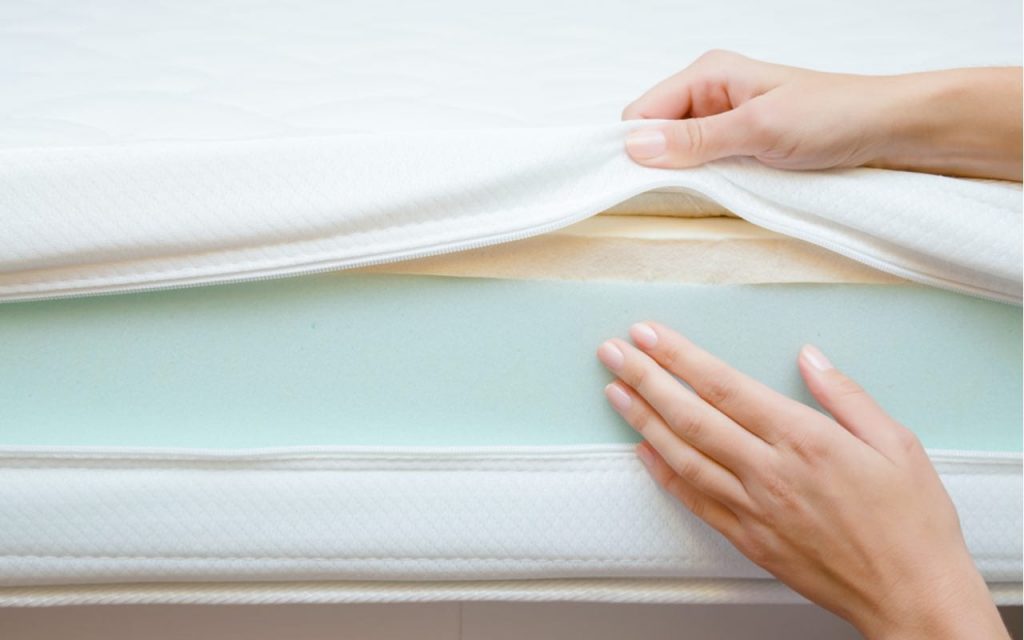
When the space cabin was then used by retailers, they experienced a sharp spike in mattress sales. Tempur-Pedic also was proving quite adept at generating publicity. Aside from its successful television direct sales efforts, the company received a great deal of free publicity.
It was especially successful in 2002 when it was able to include a gift certificate for a free mattress in the goodie basket given to the presenters at the Academy Awards.
After ten years Tempur-Pedic posted average yearly sales increases of 49 percent, with sales reaching the $150 million range in 2002. Also in that year the parent company was sold to two private equity firms after Fagerdala decided it needed to divest the business and gain liquidity.
A limited auction was conducted and the two bidders, TA Associates and Friedman Fleischer & Lowe, ultimately decided to combine their efforts, resulting in a $350 million leveraged buyout.
TA Associates, a growth capital firm founded in 1968, had become aware of Tempur-Pedic a year earlier when an associate saw one of the company’s mattresses at a friend’s house. He contacted Trussell about TA Associates’ interest in investing in the business, but nothing came of that initial contact.
Trussell was retained as CEO of Tempur World and no major changes in the business were anticipated, although TA Associates hoped to bring some of its experience to bear in taking Tempur-Pedic and Tempur World to the next level. The equity firm was also well versed in the ways of taking companies public, a possibility that the new owners would not rule out for Tempur World in the future.
Because Tempur-Pedic’s patents expired, other companies quickly began to create their own memory foam formulas and now there are a variety of foam manufacturing companies that produce components used in memory foam mattress design.
Though Tempur uses its own proprietary formulations to build foams in many different densities and in different configurations, other companies have managed to product less expensive foams that many companies use in their bedding products.
TEN MEMORY FOAM MATTRESSES WE RECOMMEND: SELECTED BY A MEMORY FOAM AND BED IN A BOX EXPERT.
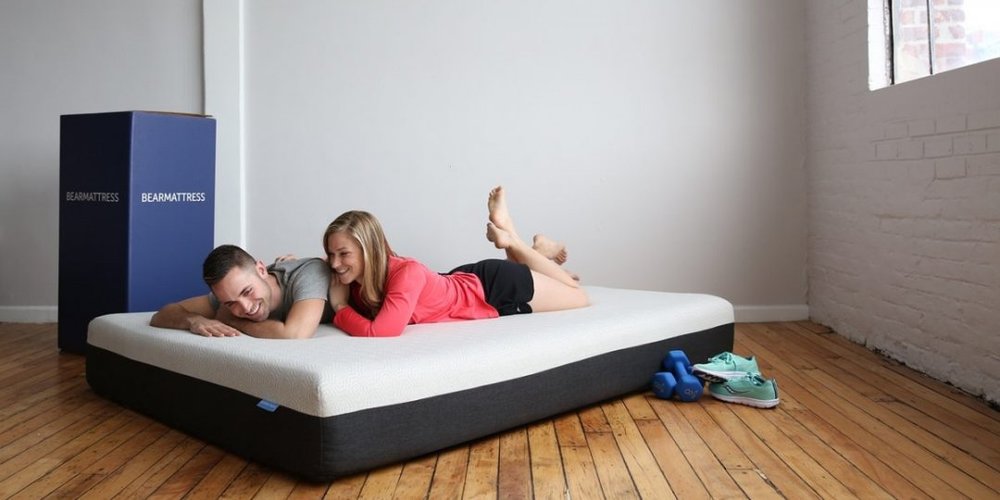
A memory foam mattress that offers a medium firm level of support. 10” finished height, 100 night trial, 10 year warranty, $840 for a queen. Free shipping. CLICK HERE TO GET THE BEST DEAL and to check them out. Marc’s comments: High tech infrared reflecting outer fabric, carbon infused foam, sleeps cool and cozy. It looks benign, but it’s built like a star cruiser. No wonder these beds sell like freaking hotcakes!
Jul 18, 2018
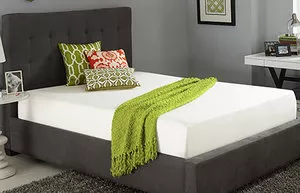
A memory foam mattress that offers a firmer level of support. 10” finished height, no trial period, 12 year warranty, $940 for a queen. Free shipping. CLICK HERE TO GET THE BEST DEAL and to check them out. We like them because of their use of bio-oils in their proprietary foam mix which is greener and less toxic to sleepers than conventional foam. Marc’s comments: Spoiler alert: A very firm bed. Which is great, if you don’t like to feel like you’ve fallen into an abyss. No nonsense company, actually offers 7 models, but I love the Cloud.
Jul 18, 2018
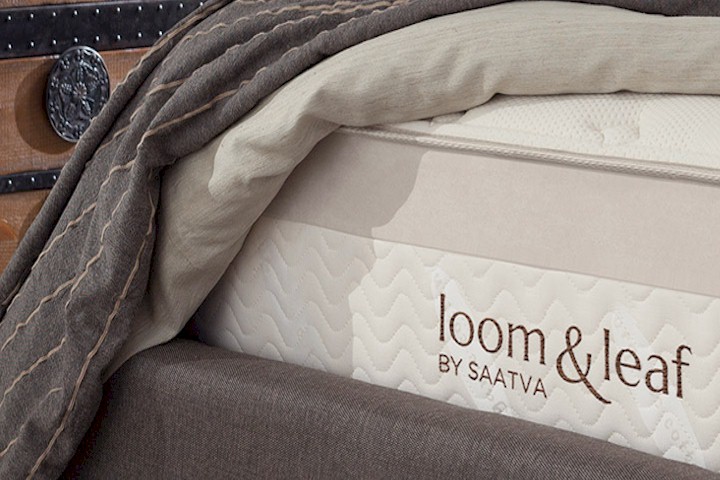
A memory foam mattress that offers a medium level of comfortable nestle factor, and good back support. 10” finished height, 120 night period, 15 year warranty, $1099 for a queen. Free shipping. CLICK HERE TO GET THE BEST DEAL and to check them out. Marc’s comments: Pain reduction is the focus of this bed. Another Saatva winner, using complex gel hybrid foams, it delivers anesthesia to your door. I mean, there’s no IV bag or anything, but customers freaking rave over it.
Jul 18, 2018
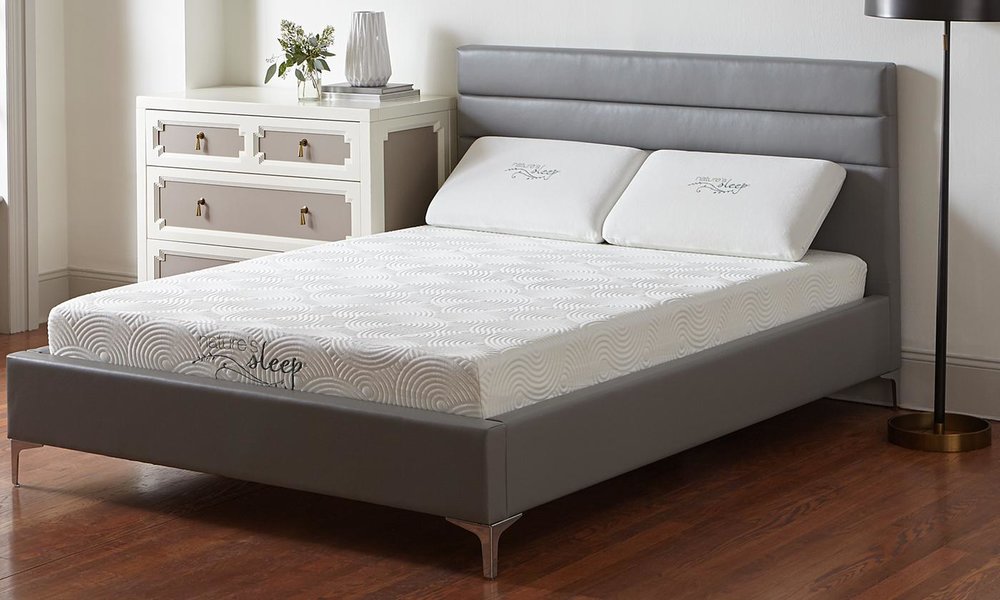
A gel and memory foam hybrid mattress that offers a medium to medium firm level of support. 12” finished height, does not offer a trial period. 20 year warranty, $3400 for a queen. Free shipping. CLICK HERE TO GETTHE BEST DEAL and to check them out. Marc’s comments: Reviewers say that it shuts down tossing and turning. And that’s a tough one. Don’t bury your partner in your garden. Get this bed- they use a beaded gel memory foam that I’ve used and it’s built to last, too.
Jul 18, 2018
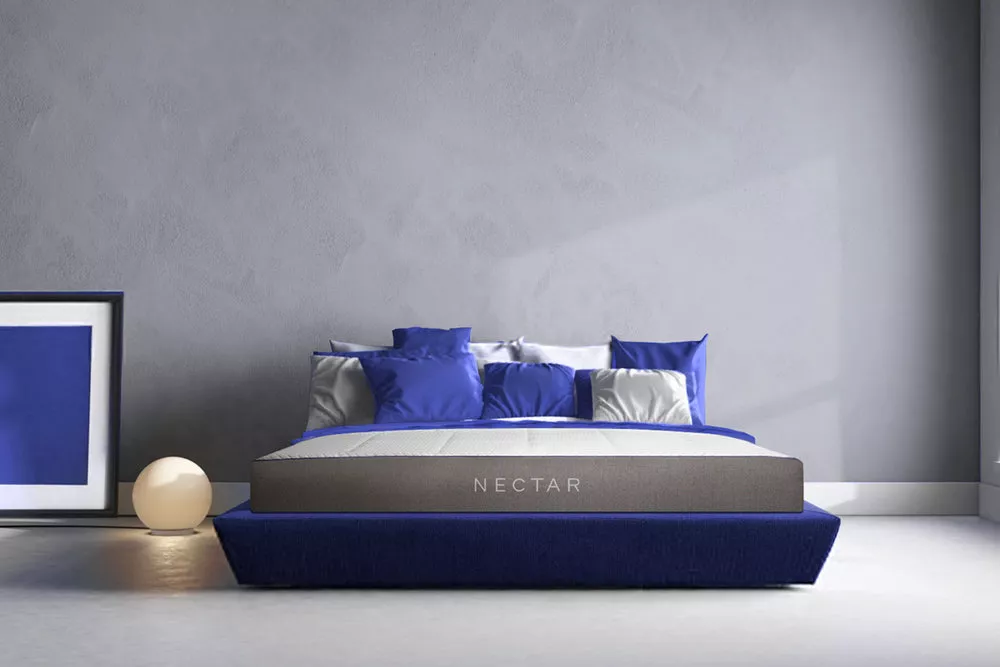
A memory foam mattress that employs several innovative gel and memory foam technologies. The result is sumptuous, supportive, yet yielding sleep without deep sinking. 11” finished height, 365 night period, lifetime warranty, $795 for a queen. Free shipping. CLICK HERE TO GET THE BEST DEAL and to check them out. Marc’s comments: A warranty that lasts forever? Right, it’s true, and they get away with it by using components that last. Sumptuous is my word on this bed.
Jul 18, 2018
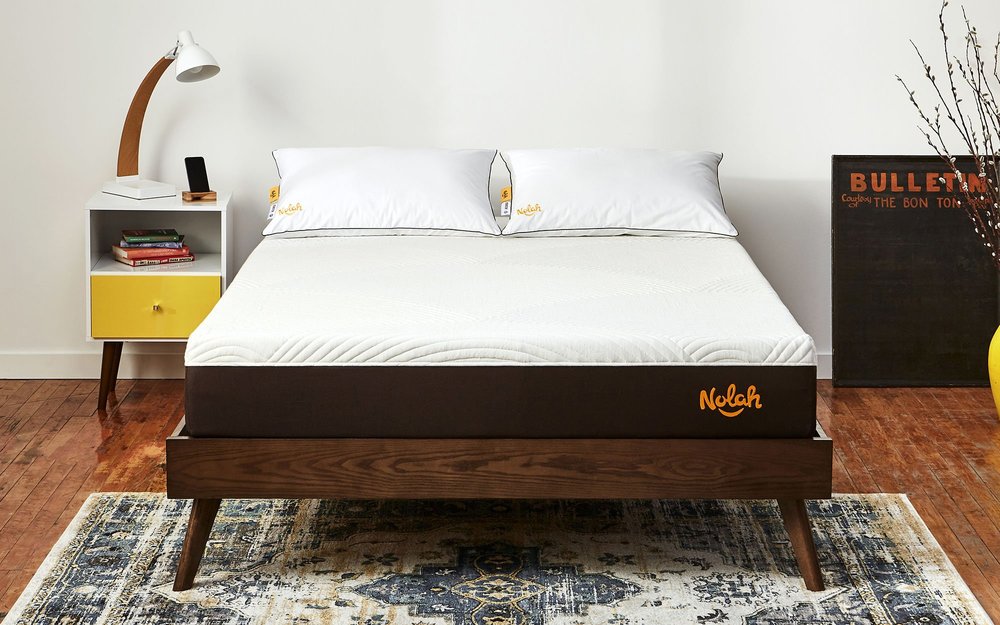
A memory foam hybrid mattress with a specialized top layer that eliminates heat and ventilates effectively. Great for hot sleepers who need pressure reduction. Medium plush feel, 10” finished height, 101 night period, lifetime warranty, $1199 for a queen. Free shipping. CLICK HERE TO GET THE BEST DEAL and to check them out. Marc’s comments: Reviewers say it works for belly, back, and side sleepers. Excels at pressure point relief thanks to ingredients even I would approve. And, they donate to wildlife rescue groups, even providing an adoption program. Sleep with less guilt, I say.
Jul 18, 2018
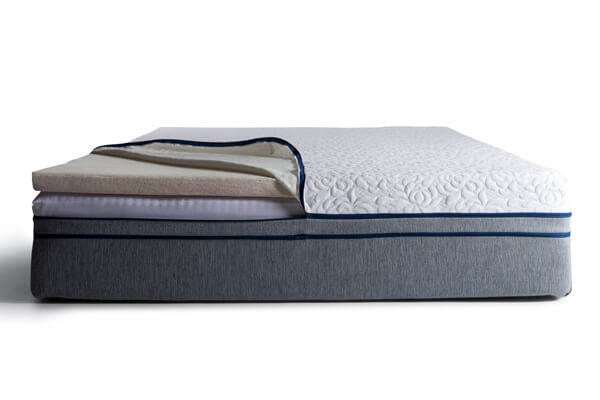
A gel and memory foam hybrid mattress that offers a medium to medium firm level of support. 11” finished height, 120 night trial period, 15 year warranty, $1399 for a queen. Free shipping. CLICK HERE TO GET THE BEST DEAL and to check them out. Marc’s comments: One of few memory foam bed with a whopping 4” of real memory foam. If you love that melt in sensation, and need to be cuddled, reviewers claims it “makes love to you”. Go for it.
Jul 18, 2018
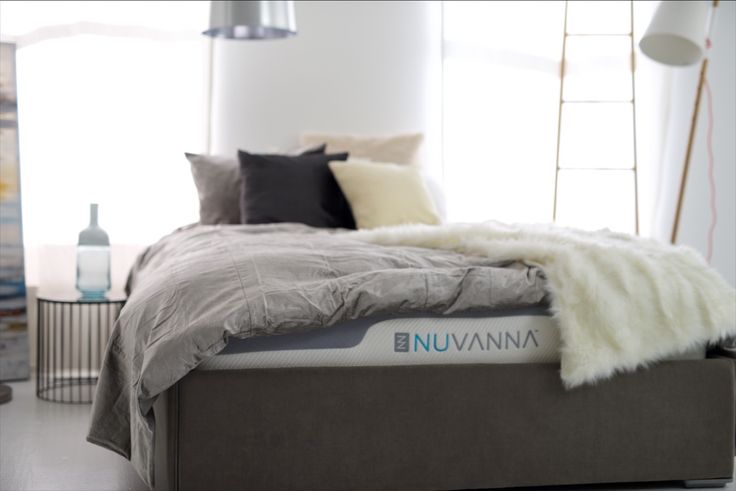
A gel and memory foam hybrid mattress that offers a medium to medium firm level of cradling support. Excellent outer covering. 10” finished height, 100 night trial, 10 year warranty, $765 for a queen. Priced right for utilizing the materials they offer. Free shipping. CLICK HERE TO GET THE BEST DEAL and to check them out. Marc’s comments: Customers love the efficient service and amazing massage like feel of this bed. One reviewer claims “it saved my marriage”. Hell, now that’s a review…a well made bed.
Jul 18, 2018
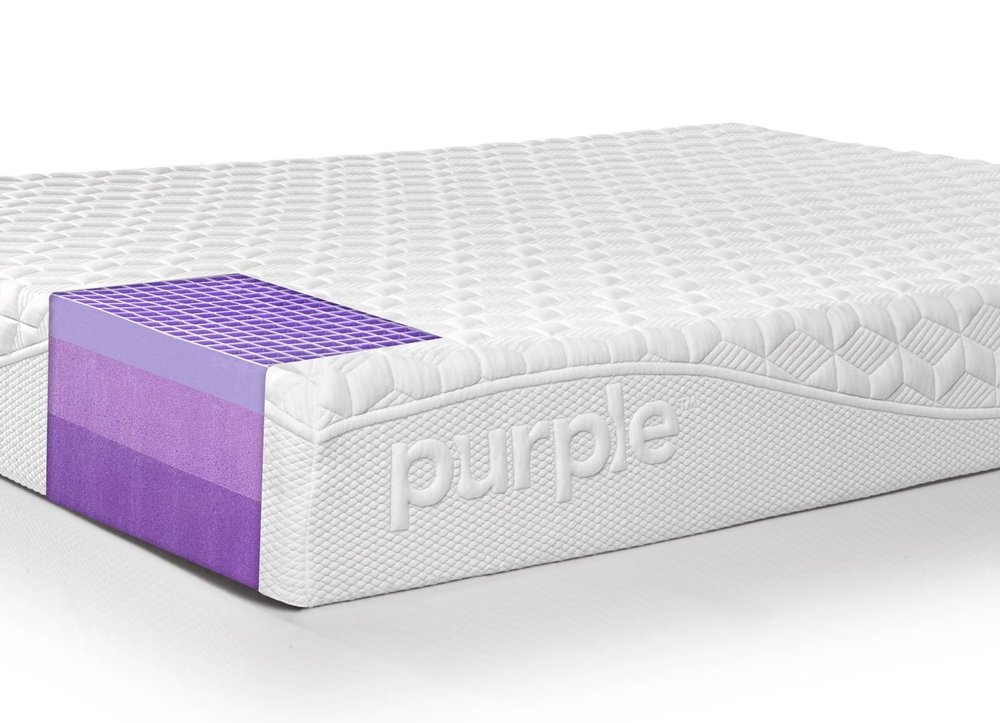
One of a kind polymer gel mattress with its own unique feel. Supportive yet spongy and yielding right where you need it. Medium level of support. 10” finished height, 100 night trial period, 10 year warranty, $999 for a queen. Free shipping. CLICK HERE TO GET THE BEST DEAL and to check them out. Marc’s comments: Why is it so HUGE? A unique elastic “column buckling foam” used by almost no one else. I actually designed a bed years ago with this stuff, but Purple beat me to the marketplace. Outstanding side sleeper support. Get one NOW!
Jul 18, 2018

The Level Sleep Mattress was designed to cradle and support the human form. Three different areas of firmness reduce causes of back pain by applying low pressure and maintaining spine alignment simultaneously. Soft at shoulders, firmer back support, and medium torso. Certi-Pur foam layers, made in USA. 365 night trial. King just $1399 with deal. Hip pain? Get this bed. 10% off with Marc’s Deal (That’s $140 Off!)
Dec 20, 2019